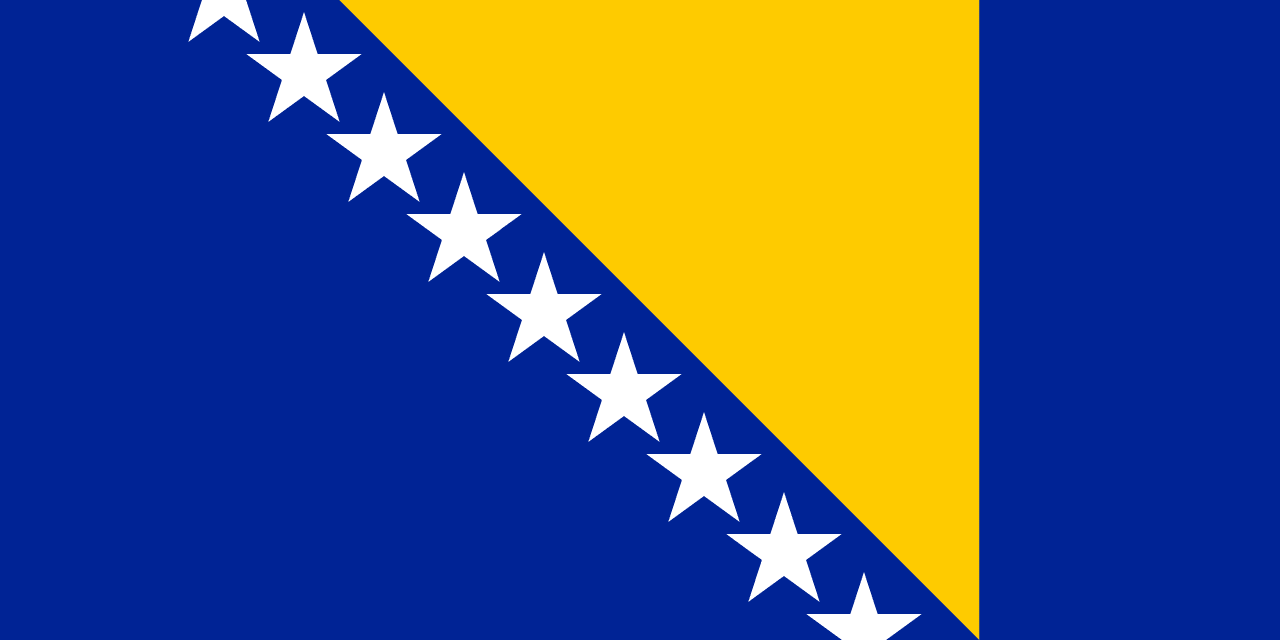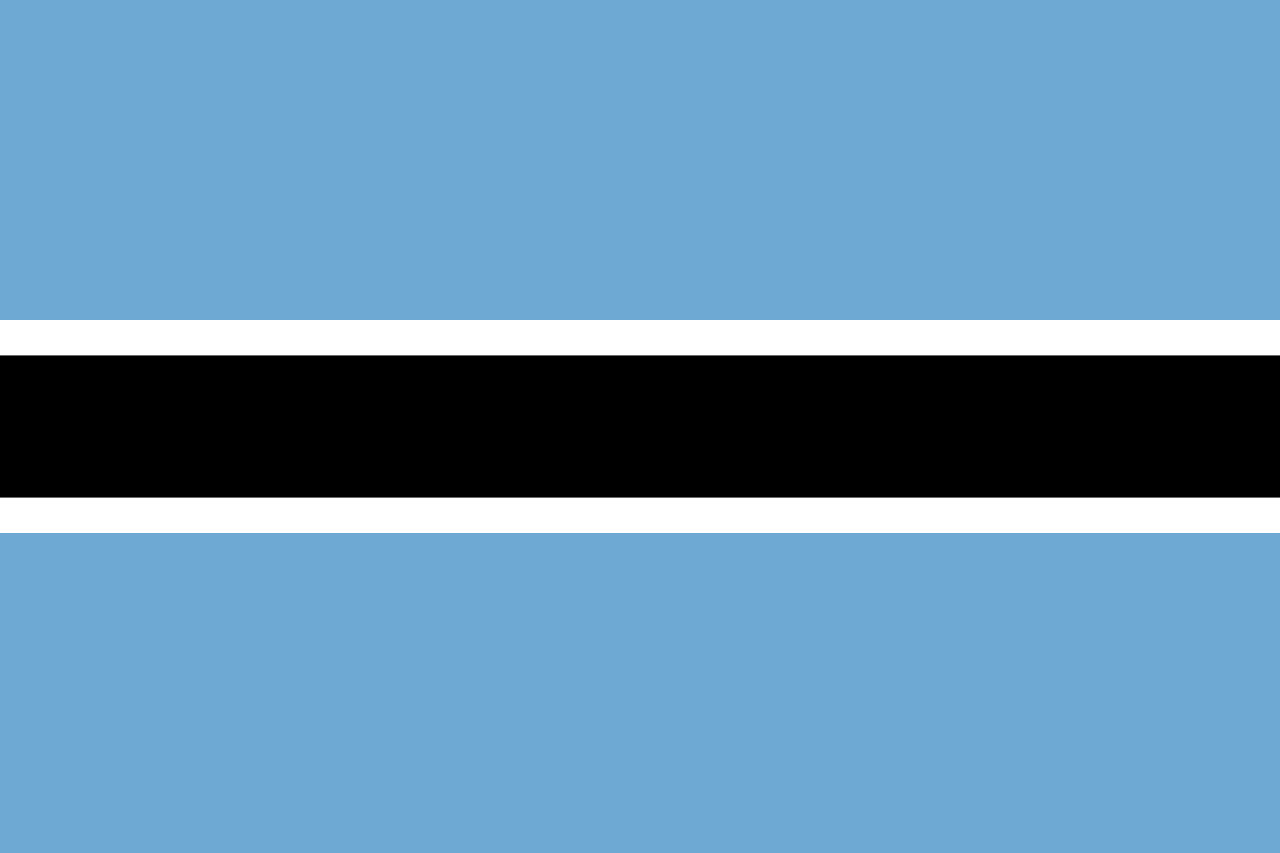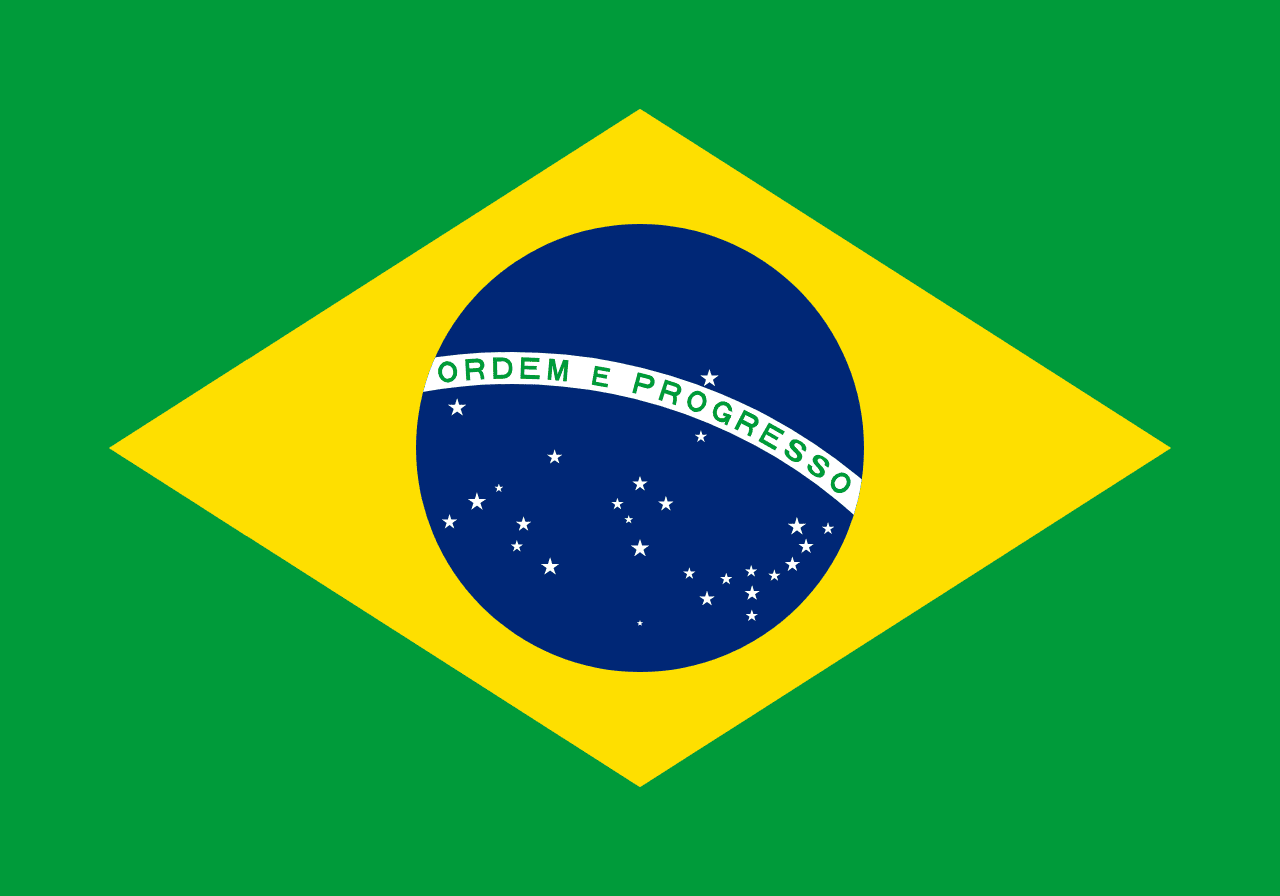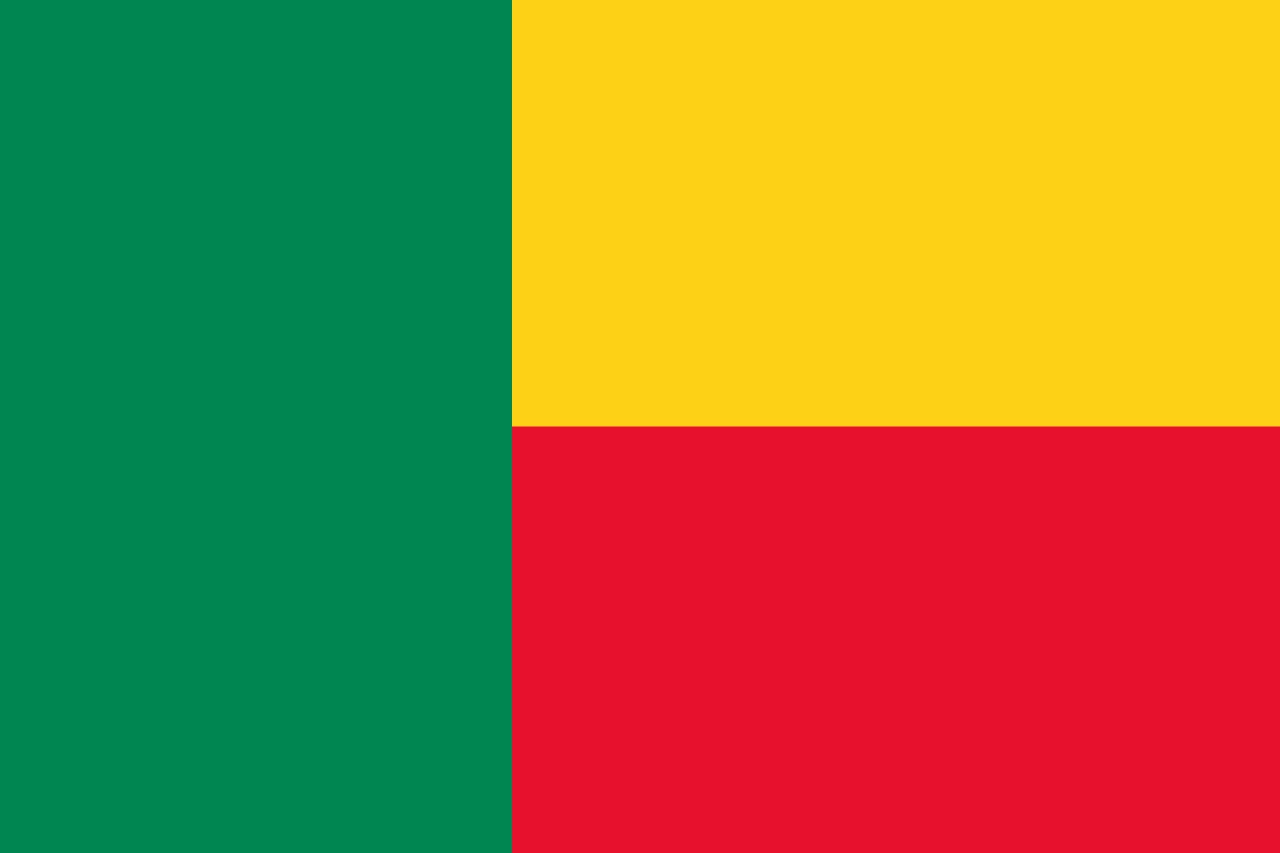The flag of Bolivia is a vibrant tricolor featuring horizontal bands of red, yellow, and green, with the national coat of arms centered in the yellow stripe. This distinctive design encapsulates Bolivia's rich history, diverse geography, and aspirations for a prosperous future.
Bolivia information
| National Flag Day | August 17 |
| Sovereign state | Yes |
| Official name | Plurinational State of Bolivia |
| Capital | Sucre |
| Population | 11,832,974 |
| Area | 1,098,581 km² |
| Currency | Boliviano (BOB) |
| Language | Spanish, Quechua, Guarani, other indigenous languages |
| Continent | South America |
| Region | South America |
| Subregion | — |
| Borders | Argentina, Brazil, Chile, Paraguay, Peru |
| Timezone | Bolivia Time (BOT) UTC-4 |
| Calling code | +591 |
| Top-level domain | .bo |
History of the Bolivian flag
 The current Bolivian flag was officially adopted on November 30, 1851, during the presidency of Manuel Isidoro Belzu. However, its origins can be traced back to the early 19th century when Bolivia gained independence from Spain. The tricolor design was inspired by the flag of the French Republic, reflecting the ideals of liberty, equality, and fraternity that influenced many South American independence movements.
Over the years, the flag has undergone several modifications, particularly concerning the coat of arms. The current version of the coat of arms was officially adopted in 2004, adding more detail and symbolism to represent Bolivia's diverse cultural and natural heritage.
The current Bolivian flag was officially adopted on November 30, 1851, during the presidency of Manuel Isidoro Belzu. However, its origins can be traced back to the early 19th century when Bolivia gained independence from Spain. The tricolor design was inspired by the flag of the French Republic, reflecting the ideals of liberty, equality, and fraternity that influenced many South American independence movements.
Over the years, the flag has undergone several modifications, particularly concerning the coat of arms. The current version of the coat of arms was officially adopted in 2004, adding more detail and symbolism to represent Bolivia's diverse cultural and natural heritage.
Symbolism and design of the Bolivian flag
Each element of the Bolivian flag carries deep symbolic meaning:
- The red stripe represents the blood shed by patriots during the struggle for independence and the bravery of the Bolivian people.
- The yellow stripe symbolizes Bolivia's mineral wealth, particularly its gold reserves and other natural resources.
- The green stripe represents the fertility of the land, Bolivia's vast forests, and its agricultural potential.
- The coat of arms in the center features several important national symbols:
- The Andean condor, symbolizing liberty and the aspiration for greater heights.
- The snow-capped Cerro Rico de Potosí, representing Bolivia's mineral wealth.
- The sun rising over the mountain, signifying the dawn of a new era.
- An alpaca, symbolizing the fauna of Bolivia.
- A sheaf of wheat and a bread fruit tree, representing agricultural abundance.
Usage and significance of the Bolivian flag
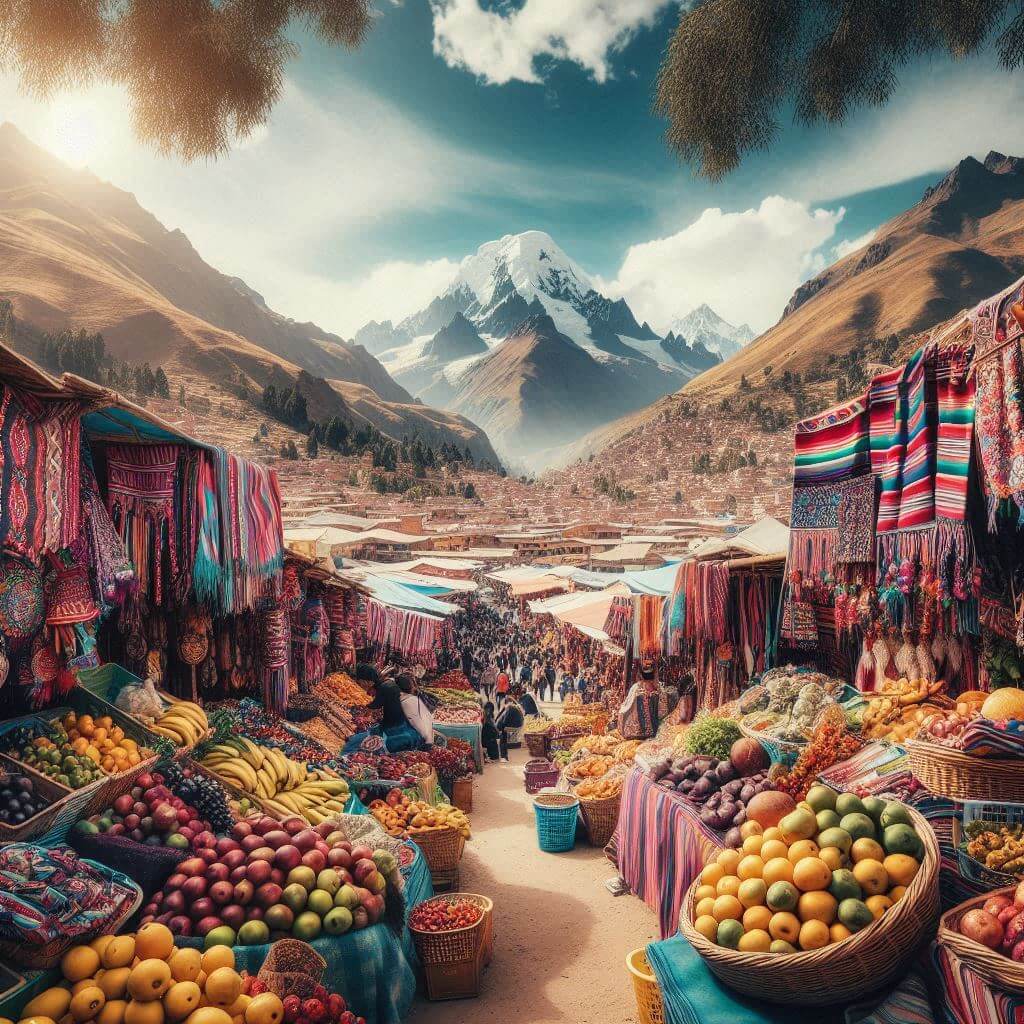 The Bolivian flag is a powerful symbol of national identity and pride. It is prominently displayed on government buildings, schools, and during official ceremonies. The flag plays a central role in national celebrations, particularly on Independence Day (August 6) and Flag Day (August 17).
In recent years, the Wiphala, a multicolored square emblem representing indigenous peoples, has also been recognized as a dual flag of Bolivia, reflecting the country's commitment to recognizing its indigenous heritage and promoting inclusivity.
The flag serves as a unifying symbol for Bolivia's diverse population, representing shared values of freedom, sovereignty, and cultural diversity. It is also an important emblem in international contexts, representing Bolivia in diplomatic missions, international organizations, and sporting events.
The Bolivian flag is a powerful symbol of national identity and pride. It is prominently displayed on government buildings, schools, and during official ceremonies. The flag plays a central role in national celebrations, particularly on Independence Day (August 6) and Flag Day (August 17).
In recent years, the Wiphala, a multicolored square emblem representing indigenous peoples, has also been recognized as a dual flag of Bolivia, reflecting the country's commitment to recognizing its indigenous heritage and promoting inclusivity.
The flag serves as a unifying symbol for Bolivia's diverse population, representing shared values of freedom, sovereignty, and cultural diversity. It is also an important emblem in international contexts, representing Bolivia in diplomatic missions, international organizations, and sporting events.
Interesting facts about the Bolivian flag
- Bolivia's flag is often referred to as "La Tricolor" (The Tricolor) in Spanish, emphasizing its three-color design.
- The flag's colors are said to have been inspired by the feathers of the native bird called "Qantutu" or the Cantuta flower, Bolivia's national flower.
- Bolivia celebrates Flag Day on August 17th, commemorating the creation of the first Bolivian flag in 1825.
- The Bolivian naval jack, used by the country's navy despite being landlocked since 1879, features a modified version of the national flag with anchors in the corners.
- In 2009, a constitutional change officially recognized the Wiphala as a dual flag alongside the tricolor, reflecting Bolivia's multicultural nature and indigenous rights.
